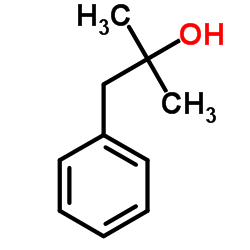| Structure | Name/CAS No. | Articles |
|---|---|---|
 |
naphthalen-1-ethanol
CAS:1485-07-0 |
|
 |
2-Methyl-1-phenyl-2-propanol
CAS:100-86-7 |